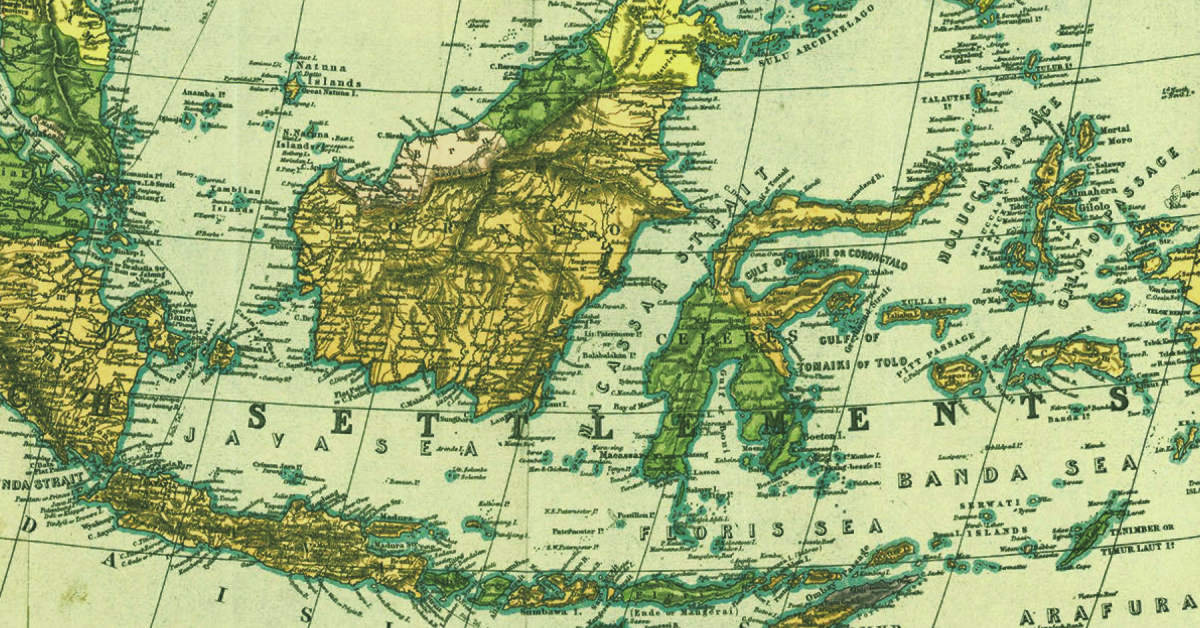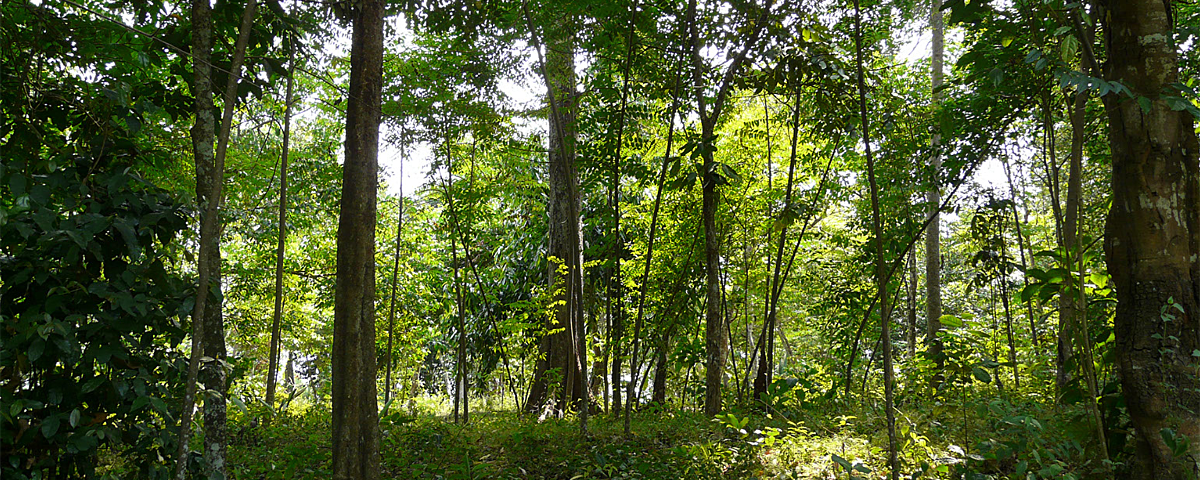Christina L. Truong
Presentation at SEALS 31, 18–20 May, 2022
In this paper, I show that the argument structure of base verbs and components of lexical meaning together influence compatibility of bases with functions of applicative suffixes. For example, both transitive verbs of caused motion that select a theme argument, e.g. mengambil ‘take’, membawa ‘carry’, and transitive verbs of creation that select a ‘product’ argument, e.g. memasak ‘cook’, menjahit ‘sew,’ are compatible with the benefactive applicative –kan construction, as shown below. However there are some semantic differences in resulting constructions.
Some other transitive verbs are entirely incompatible with benefactive –kan, including verbs of perception, e.g. there is no verb *menontonkan meaning ‘to watch something for someone’. Accordingly, I argue for the incorporation of lexical meaning into representations of applicative constructions, and propose ways to do so, using corpus data representing one million Indonesian sentences and drawing on construction grammar and frame semantics (Goldberg 1995, Perek & Patten 2019, Goldhahn et al. 2012).









